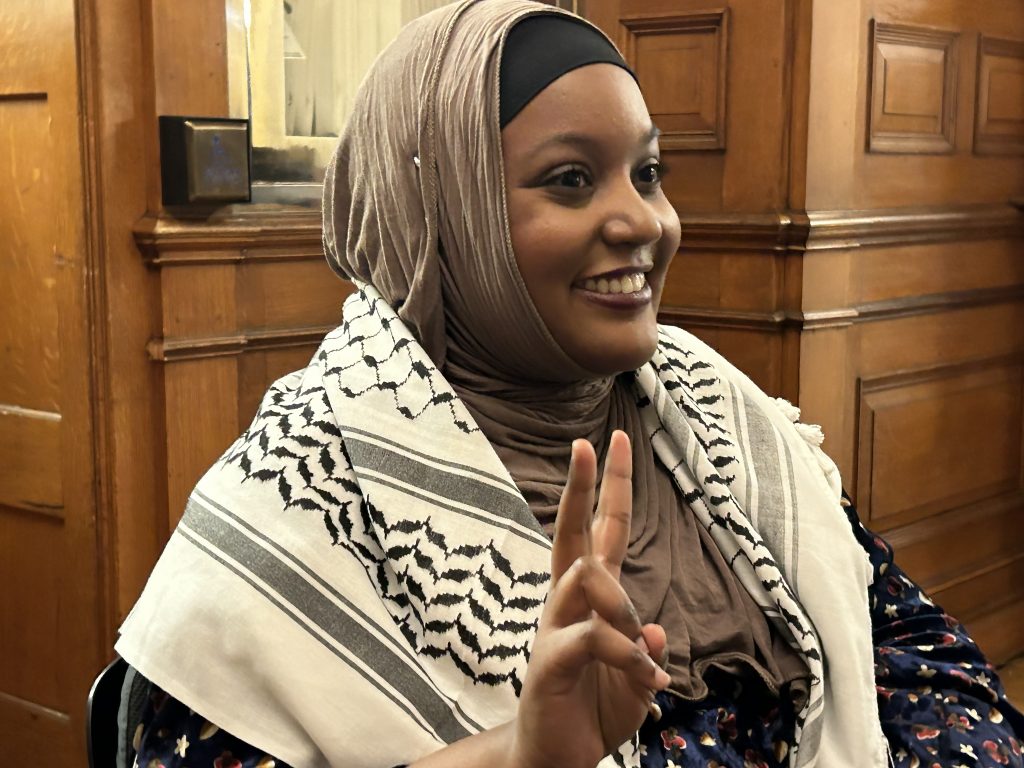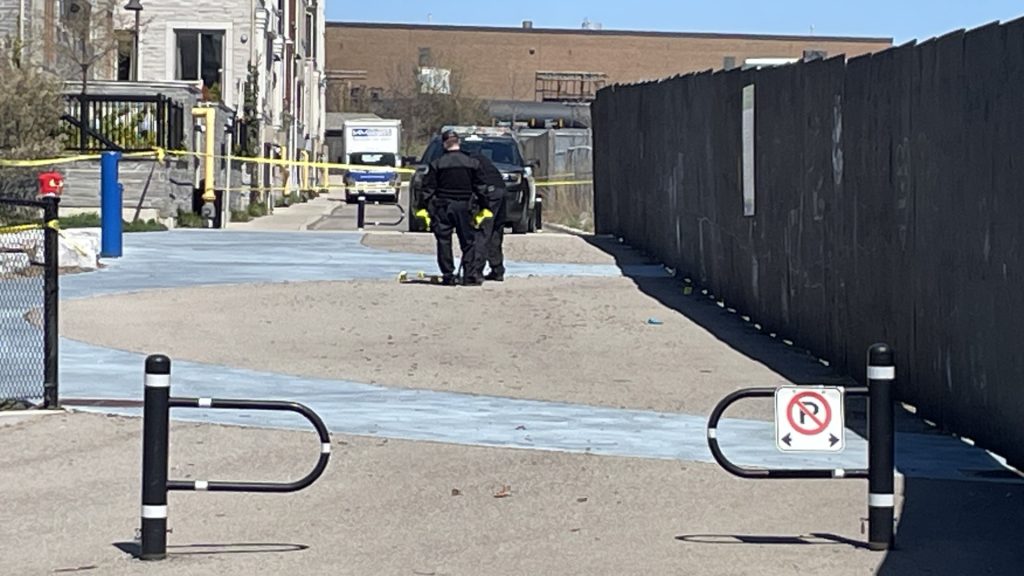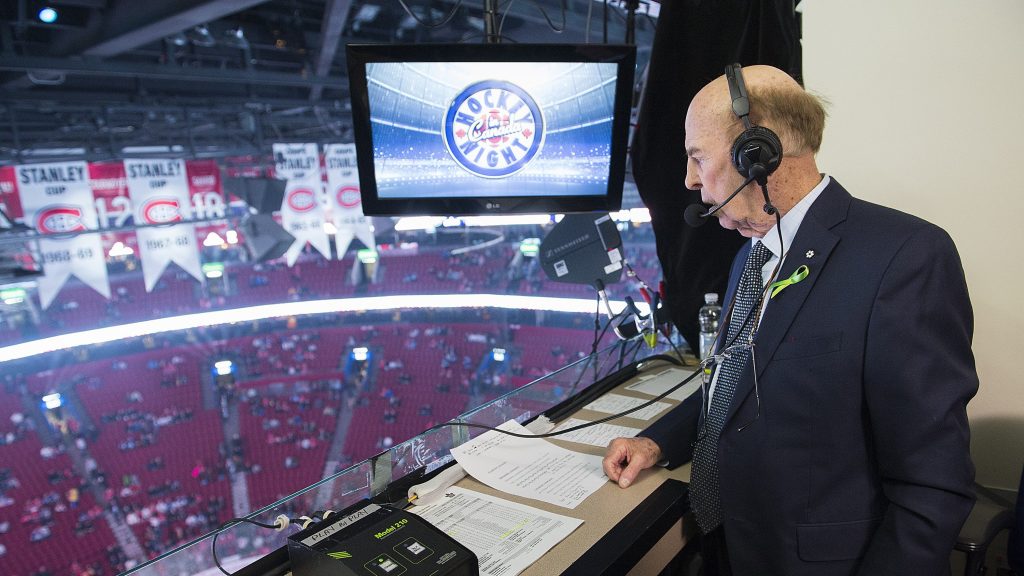For some U.S. politicians, packing heat is part of the job description
Posted July 17, 2014 4:08 am.
This article is more than 5 years old.
WASHINGTON – If guns are a run-of-the-mill prop for politicians in the United States, it was perhaps only a matter of time before things backfired on someone this campaign season.
A candidate in this fall’s congressional elections had to yank down an online video in which he used a pump-action shotgun to blow up a pinata of an elephant — the logo of the Republican party.
It was the hint of political violence that people complained about, and not the use of a shotgun in Estakio Beltran’s campaign ad.
In fact, for Democrats running in rural areas like Beltran, being photographed with firepower is almost a prerequisite for office — as much a part of the job as kissing babies, slapping backs and smiling toothy grins.
“They call me a long shot. They say I can’t win in this district,” said the ad featuring Beltran, who’s running for a House seat in a conservative enclave of Washington State.
As he prepared to lay down the big kaboom, he added: “But what happens to an elephant when it stands around, doing nothing, for too long?”
The ad earned him a scolding from the group founded by Gabby Giffords, the former congresswoman partly paralyzed by an assassin’s bullet. Her group, Americans for Responsible Solutions, called the ad irresponsible and offensive.
Giffords used to pose for pictures with guns, too.
Last year, someone leaked a photo of her holding an AR-15 assault rifle after her astronaut-husband Mark Kelly had pushed for a restriction on the weapon, associated with the Netwown massacre. Giffords responded on her Facebook page, saying she still supported gun rights but just wanted some stricter limits. Some of the people commenting on her page called her a hypocrite.
Democrats in more conservative areas sometimes go to great visual lengths to prove their gun-rights bona fides.
Just a few weeks ago a Senate candidate wandered down main street during a small-town parade in West Virginia, blasting off a few shots from a rifle.
There are a few reasons guns play a more visible role in American campaigns, across the political spectrum — some mathematical, some cultural.
—For starters, Canada is mostly urban, the U.S. is mostly not. The non-urban population is 58 per cent in the U.S., compared to 43.6 per cent in Canada, according to OECD figures. Since support for gun rights tends to be strongest outside cities, that means more voters in more places expect their politicians here to be staunch advocates of the right to bear arms in the U.S.
—There are lots more guns here. The rate of guns per resident is nearly three times higher — with 89 guns per 100 residents in the U.S., compared with 31 per 100 residents in Canada, according to an estimate from the international Small Arms Survey.
—Also, local campaigns have more autonomy here. For instance, a left-leaning party leader in Canada might try to clamp down on a candidate or be dogged by questions about a gun-themed photo op gone wrong. In the U.S., there’s no party leader to answer to.
Then there’s the Second Amendment and the historical dynamics of the gun debate.
During a parade at a West Virginia coal fair last month, festival princesses rolled by in open-top cars; police vehicles blared their sirens; and the Republican candidate offered the standard smile-and-wave as she passed.
But the Democratic candidate, Natalie Tennant, held an antique rifle and fired it overhead a couple of times.
She’s the underdog in the race, even if the seat is currently held by a Democrat and she’s the state’s secretary of state. President Barack Obama hasn’t necessarily helped her — with his executive orders on coal-plant emissions and limited moves on gun control.
So, for her purposes, celebrating coal while firing a rifle at the same time was like shooting two political albatrosses with one bullet.
Her campaign website also stresses her commitment to gun rights.
“Growing up on a farm, guns were an integral part of my life; from the first BB gun I shot, to hunting with my brothers, to carrying a muzzleloader,” Tennant writes.
“My whole life there has never been a question of my support for the Second Amendment. Even now as Secretary of State, my muzzleloader is proudly displayed over my desk in the State Capitol.
“My husband is a Navy Reservist who served in Afghanistan and is qualified on a 9 MM Beretta and is a sharpshooter with the M4 assault rifle. We use Erik’s Beretta and my Smith &Wesson’s M&P Shield to teach our 11-year old daughter about safety, respect and understanding of firearms. So you see, I am like most West Virginians who pass on the tradition of responsibility that I learned to my daughter.
“My memory and scrapbook are filled with images of carrying, shooting or cleaning a gun long before I was a candidate or an elected official.”
She explains that she does support background checks for purchases at gun shows, just like purchases in stores, but she believes the checks should be handled more quickly than the current 72 hours.
The issue’s also playing out in the state next door, in Kentucky, where there’s a high-profile race that could determine the balance of power in the Senate a few months from now.
And you’d better believe the Democrat there has grabbed a rifle and made sure a photographer was present to capture the moment.
Upon posing for her picture last year, Alison Lundergan Grimes invited her Republican rival — Senate minority leader Mitch McConnell — to a shooting contest. What she got, mostly, was grief from Republicans about her lack of protective gear.
Republican strategist Rick Wilson sent her a tweet: “Even with that little 10/22, you’re going to want eye and ear protection. Your DC campaign people (probably) don’t know that.”
She wasn’t the first Democratic politician to catch flak over a firearm photo op. Obama caught some too, for his awkward form while skeet-shooting for a staged photo a few years ago.
Nor would she be the last, as proved this month by Beltran.










